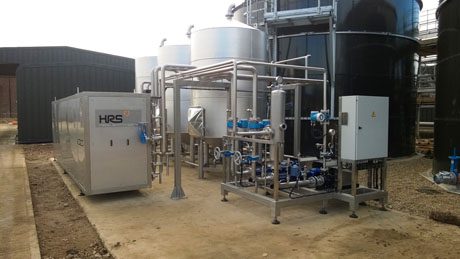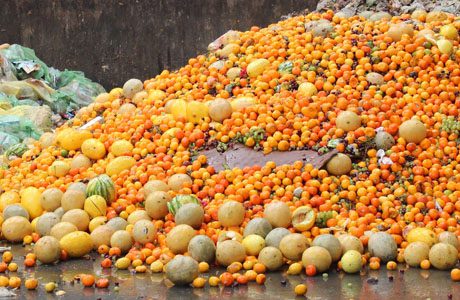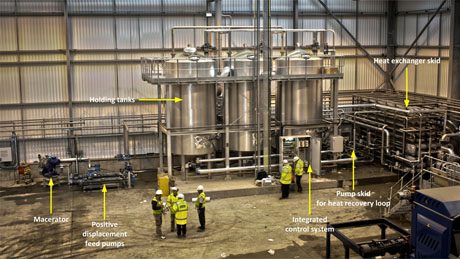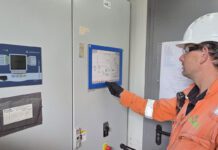
Matt Hale, International Sales Manager with HRS Heat Exchangers, offers a primer for those in the food production sphere
It is easy to see why anaerobic digestion (AD) has become such a popular technology in the food processing industry. Currently over 400 AD plants are generating more than 500 MW of energy – yet the potential for UK AD is as much as 80 TWh of methane (equivalent to 30% of the UK’s household gas demand) according to ADBA. AD utilises waste streams and co-products, often removing the need for other waste treatment technologies. It can provide heat and electricity for processing operations and produces a valuable end product in the form of digestate biofertiliser.
With recent changes to support schemes for renewable energy in the UK, it is important to make sure that every available watt of power is utilised in some way. The best time to assess overall plant efficiency is early in the planning process so equipment can be appropriately specified. However the overall efficiency of almost any existing AD plant can be improved in some way by taking into account some common considerations.
AD process optimisation top tips
1. Assess your entire process from obtaining feedstock to exporting digestate. The first step of any optimisation process is to understand what you are (or will be) doing. Analyse each step to see where wastage may occur and how it could be improved. Could you pre-warm feedstock before it enters the digester or, if you are already doing so, could you re-use heat already generated elsewhere? Could you add value to your digestate through pasteurisation or concentration?
2. Maximise the efficiency of all processes, from energy generation to heat exchange. Check the efficiencies of all processes in terms of thermal transfer, electrical output or gas generation. Keeping equipment, particularly heat exchange surfaces, clean and maintained will help it to operate at maximum efficiency. When specifying equipment, over the operational life of plant, the effects of even a small difference in overall efficiency could be considerable. Likewise, reducing the volume of digestate produced by the plant may create other efficiencies, such as reducing the amount of storage required or transport requirements.

3. Re-use heat which would otherwise be wasted. Any large quantity of heat can be used for something, including the heat from the cooling loop of the CHP engine and from heat exchangers. Pre-heating feedstock may increase the efficiency of the digester, while if you are already doing so, using heat from elsewhere in the process will be cheaper (and greener) than creating heat just for this purpose. Pasteurising the digestate using recycled heat circumvents the need to install an additional heat source such as a biomass boiler, which could add hundreds of thousands of pounds to a project.
4. Aim for continuous processing. Having to stop and start your plant can be inefficient, even if the process is automated. Using multi-tank pasteurisation or digestate concentration systems means that while one tank is being heat treated the other/s can be filling or emptying, ensuring that the rest of the AD process is not interrupted.
5. Maximise the quality and value of your digestate. Digestate should be a key product of Anaerobic Digestion and not something which needs to be dealt with. Maximising its value in terms of nutrients, ease of use and quality will also help to increase its financial value to your business. Pasteurising the digestate not only complies with PAS110, but can act to reassure buyers. Producing digestate of a suitable consistency for agricultural use can also increase its value and usefulness to farmers and growers.

6. Minimise downtime and maintenance. If the plant is not running, then it isn’t generating energy or a return on your investment. While routine maintenance and servicing is essential to keep any equipment running well, you shouldn’t have to keep stopping to clean pipes or replace filters. You should also expect equipment to have a reasonable service life and not be prematurely damaged, for example by corrosion.
It is possible to reduce waste and, at the same time, increase the value and efficiency of your plant. This in turn adds real results to your bottom line, ensuring that anaerobic digestion remains an economically and environmental sound way of treating waste and generating energy in an uncertain policy environment.






